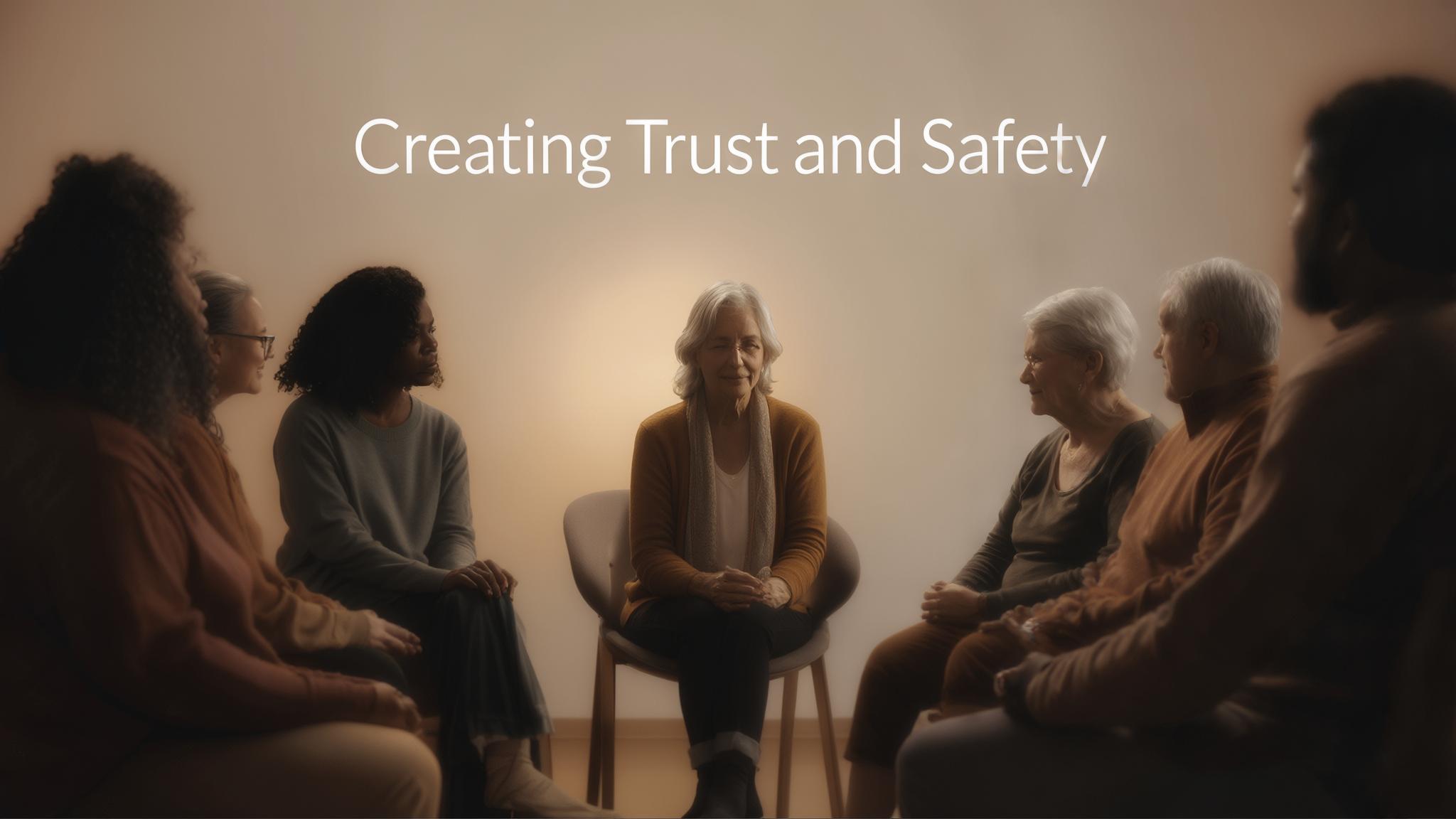Group Therapy: Creating Trust and Safety Within Therapy Groups
I. Introduction
A. Definition of Group Therapy
Group therapy is a therapeutic approach where individuals meet in a group setting, guided by a trained therapist, to share experiences, learn from each other, and explore personal issues. The dynamics within these groups can significantly influence participants' therapeutic outcomes, making the understanding of these dynamics crucial for effective practice.
B. Purpose of the Article
This article aims to explore how trust and safety are established in therapy groups, and the profound impact a secure environment has on the healing process. By emphasizing the importance of trust and safety, therapists can enhance the efficacy of group therapy.
C. Importance of Trust and Safety
Trust is the foundation for open communication within group therapy, allowing participants to express their thoughts and feelings without fear of judgment. Safety enables individuals to be vulnerable, take emotional risks, and ultimately engage in the healing process more effectively.
II. Theoretical Framework
A. Psychological Foundations of Group Therapy
Yalom’s therapeutic factors highlight the essential interpersonal elements that contribute to effective group therapy. These include universality, altruism, and cohesiveness, which are fundamentally intertwined with trust and safety. A solid understanding of these factors lays the groundwork for understanding group dynamics.
B. Trust and Safety as Core Components
In this context, trust refers to the confidence that individuals feel toward each other and the therapist, while safety is the assurance that they can express themselves freely without negative repercussions. Together, trust and safety foster cohesion within the group, enhancing the therapeutic experience.
III. Building Trust in Therapy Groups
A. Initial Group Formation
Selecting the right group members and conducting thorough initial screenings is essential for creating an environment conducive to trust. The therapist should facilitate introductions and engage in ice-breaking activities to encourage connections among members from the outset.
B. Establishing Ground Rules
Setting clear ground rules is vital for ensuring confidentiality, respect, and accountability within the group. Examples may include:
- Sharing experiences without judgment.
- Respecting everyone's pace in sharing.
- Maintaining confidentiality outside the group.
C. Role of the Therapist
The therapist serves as both a facilitator and a participant, balancing authority with approachability. Techniques such as active listening, empathy, and open body language help model trustworthiness and encourage the same behaviors among group members.
D. Encouraging Vulnerability
Encouraging members to share personal experiences is crucial. Strategies may include prompting reflections on shared themes, normalizing vulnerability by highlighting that it is a human experience, and celebrating courage when members share fears or challenges.
IV. Creating a Safe Environment
A. Physical Space Considerations
The physical space where therapy takes place should evoke comfort and privacy. Suggestions for optimizing a physical environment include:
- Comfortable seating arrangements conducive to discussion.
- Ensuring the location is quiet and free from interruptions.
- Using soft lighting to create a calming atmosphere.
B. Emotional Safety
Establishing emotional safety involves managing conflicts and addressing emotional outbursts constructively. Techniques for this include validating participants' feelings and experiences, which fosters a culture of acceptance and understanding within the group.
C. Cultural Sensitivity and Inclusivity
Recognizing and respecting the diverse backgrounds of group members is essential. Strategies include fostering inclusivity through group norms that honor all perspectives and actively addressing and mitigating power dynamics that may arise.
V. Maintaining Trust and Safety Over Time
A. Ongoing Group Dynamics
Therapists must continuously monitor group interactions and dynamics. Techniques for addressing breaches of trust or safety may involve open discussions about experiences within the group and collectively brainstorming solutions.
B. Feedback Mechanisms
Creating space for feedback is crucial for the longevity of trust and safety in the group. Regular check-ins can provide members opportunities to express concerns or share constructive feedback about the group climate.
C. Therapist’s Role in Sustaining Trust
Therapists should engage in ongoing professional development and promote self-awareness to better navigate group dynamics. Continuous supervision and peer support also play essential roles in ensuring therapists remain attuned to their own responses and biases within group contexts.
VI. Case Studies and Real-Life Examples
A. Successful Group Therapy Scenarios
Consider a group where members initially struggled with trust, but through shared experiences and guided activities, they created a robust support system. Participants reported feeling understood and empowered, leading to significant personal growth.
B. Challenges and Resolutions
Conflicts and member resistance are common challenges in group therapy settings. Successful resolution often involves direct communication facilitated by the therapist, alongside strategies like role-playing and empathy-building exercises to restore trust and safety.
VII. Conclusion
A. Summary of Key Points
In sum, establishing trust and safety in group therapy is critical for fostering an environment where healing can occur. The therapist's role is pivotal in facilitating and maintaining these integral components throughout the therapy journey.
B. Call to Action
Therapists are encouraged to prioritize trust and safety as foundational elements of their practice. Resources and further readings on effective group therapy methodologies can deepen understanding and capability in this profound area of mental health support.
VIII. References
- Yalom, I. D. (2005). The Theory and Practice of Group Psychotherapy.
- Corey, G. (2016). Theory and Practice of Group Counseling.
- Northen, H., & Kurland, R. (2001). Social Work with Groups.
- [Relevant studies on group therapy outcomes related to trust and safety]
Released in the hopes of fostering a deeper understanding of group therapy dynamics, this article serves as a resource for those interested in the psychological foundations of trust and safety.

